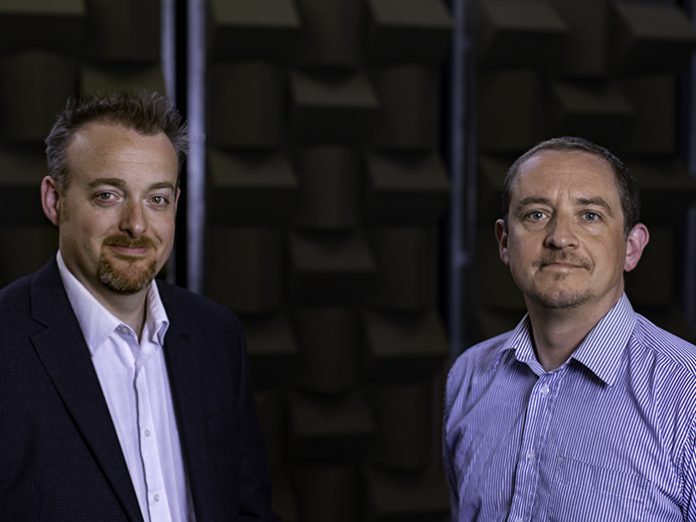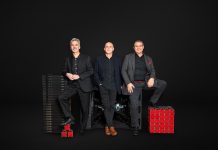How did EM Acoustics begin?
MW: Ed and I have been friends since we met at school in mid-1996. A shared interest in both tech and music (Ed’s a talented piano player, I’m a mediocre drummer) built a solid friendship, and despite four years at different universities (St John’s College, Cambridge for Ed, and Imperial College London for me) the idea of going into business together crystallised. EM Acoustics was officially born in 2002.
What did you hope to bring to the world?
MW: EM started out with a desire to significantly improve the performance of passive boxes. We felt at the time that the trend was towards shortcuts in passive technology, which were then compensated by DSP, resulting in a more complicated and expensive solution than needed. Our aim has always been to produce excellent solutions that rely on science rather than marketing.
EK: To put science at the service of the arts. Physics is a great leveller; regardless of your field, budget or determination, they are the same for everyone. However, whilst essential to loudspeaker design, physics cannot describe what sounds subjectively pleasurable, which is really the whole point of a loudspeaker system. In the end, any mathematics and computer analysis must be secondary to Duke Ellington’s maxim, ‘If it sounds good, it is good.’
What is EM Acoustics’ philosophy when it comes to loudspeaker design? And what do you feel sets you apart?
MW: We don’t make stuff up!? Seriously, Ed being a highly educated and talented scientist and engineer means everything is firmly rooted in reality. We take a fairly traditional approach – ultimately loudspeaker design is all about moving air and making sure as much as possible that what goes in is what comes out, only louder. In other words, we aim to remain as true to the original source as possible. DSP has its place but is used as the icing on the cake rather than the starting point.
EK: We like to keep an open mind about the technologies we use. For example, passive crossovers are often seen as a crude convenience, but we believe they can give a range a unified sonic signature. They can also work hand in glove with more modern technologies like FIR processing, to produce something unique like the R10. Ultimately, loudspeakers convert electrical to mechanical, to acoustical energy – as such material science plays a big role in speaker development, so we keep an eye on what new materials from other sectors could be gainfully employed.
View this post on Instagram
Was there a product that was a turning point for you?
MW: HALO-C – it was an entirely new approach to a small-format line array system, and everything from the internal circuitry design concepts to product construction techniques influenced how we designed and developed our products going forwards. The fact that it was then specified as the house system at The Royal Albert Hall was also an enormous boost for us.
HALO-B and R10 took things to the next level; indeed, the reaction from our customers to these two products was so strong and positive, it prompted an entire cosmetic and physical rethink of every single product we make. The results have really elevated our product offering far above its competition on every level.
What are your favourite types of project to work on?
EK: Anything where the client/artists are passionate and enthusiastic. The size of the project is immaterial – passion is infectious and drives one find the best solutions possible, even in new ways.
Obviously, our industry is in strange and uncertain times at the moment – how has EM Acoustics weathered the storm?
MW: It’s been a very tough ride – like many, we’ve had to take a good hard look at our business and how it runs. When the factory was hibernating for a few weeks whilst suppliers were having issues, we used the time in R&D and also to get all those little loose ends sorted. I don’t feel at all sorry to see things getting back to the normal higher pressure though!
What are your plans for the future and how to you see the industry developing?
MW: We have a good string of products in the pipeline, taking new concepts that we introduced pre-pandemic into fruition in different products, along with ideas for other market sectors that we want to expand on – particularly getting the EM name more recognised in both the nightclub market and live music sectors.
As for the industry – it’s going to be cautious baby steps, I feel. I think rental companies will want to see more value from their investments in future, which will most likely translate as a desire for kit to have a longer lifespan and not need replacing before the finance is paid off.
This article first appeared in issue 31.5 of MONDO-DR, which you can read below –





